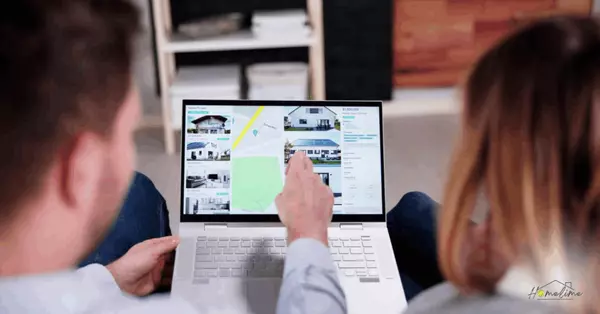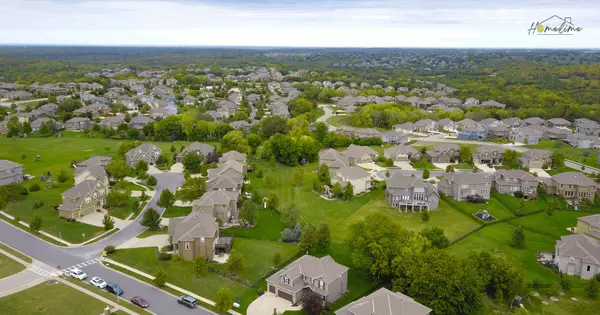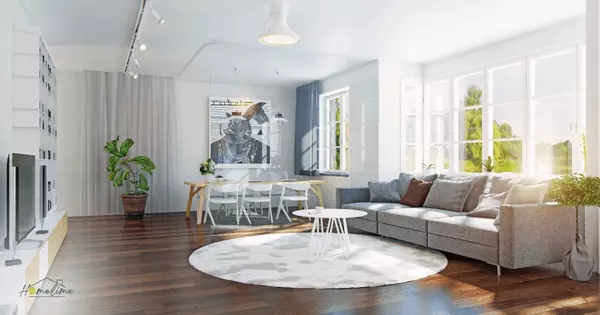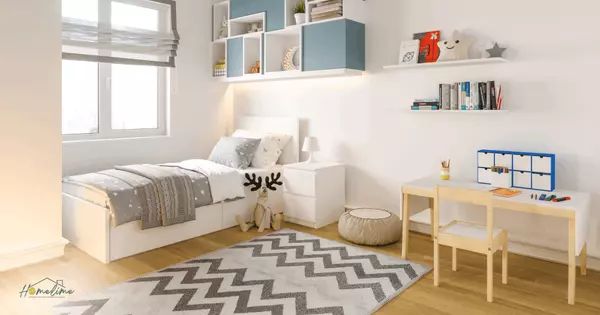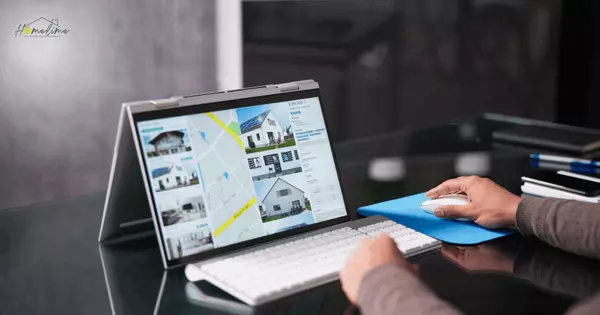Essential Kitchen Design Tips for Maximum Functionality
A well-designed kitchen can transform cooking and entertaining from a chore into a pleasurable experience. With thoughtful planning and attention to detail, you can create a kitchen that’s not only functional but also visually stunning. Here are some comprehensive tips to guide you in designing a kitchen that meets your needs and enhances your home.
1. Plan Your Layout:
- Work Triangle: Position your sink, stove, and refrigerator in a triangular layout. This classic design minimizes walking distance and maximizes efficiency by reducing unnecessary movement between these key areas.
- Zoning: Divide your kitchen into distinct zones for preparation, cooking, cleaning, and storage. Each zone should be equipped with the tools and supplies you need, making it easier to work efficiently and keeping everything you need within reach.
2. Optimize Storage:
- Cabinet Solutions: Incorporate innovative storage solutions such as pull-out shelves, lazy Susans, and deep drawers. These features help you access items stored at the back of cabinets with ease and maximize available space.
- Pantry Organization: Install shelves and baskets in your pantry for easy access and organization. Group similar items together and use clear containers to keep track of what you have, reducing the time spent searching for ingredients.
- Vertical Space: Utilize wall space with open shelves or hanging racks. This approach not only maximizes storage but also keeps frequently used items accessible, while freeing up counter space for food preparation and cooking.
3. Choose Durable Materials:
- Countertops: Opt for high-quality, durable materials such as quartz or granite. These surfaces are resistant to scratches, stains, and heat, making them ideal for the rigors of daily kitchen use.
- Cabinetry: Select solid wood or high-quality laminates for your cabinets. Investing in well-made cabinetry ensures longevity and durability, withstanding the wear and tear of everyday activities.
- Flooring: Choose easy-to-clean and resilient flooring options like tile or vinyl. These materials are ideal for high-traffic areas and are resistant to spills, stains, and heavy foot traffic.
4. Focus on Lighting:
- Task Lighting: Install under-cabinet lights to illuminate food preparation areas. Good task lighting reduces eye strain and improves visibility, making it easier to perform tasks such as chopping and measuring.
- Ambient Lighting: Use ceiling lights or pendant fixtures to provide overall illumination. This creates a warm and inviting atmosphere, ensuring the kitchen is well-lit for various activities.
- Accent Lighting: Highlight design features such as a stylish backsplash or open shelves with accent lighting. This adds visual interest and enhances the overall aesthetic of the kitchen.
5. Incorporate Smart Storage Solutions:
- Pull-Out Trash Bins: Install pull-out bins to keep trash out of sight while remaining easily accessible. This helps maintain a clean and organized kitchen, preventing clutter and unpleasant odors.
- Drawer Dividers: Use dividers to organize utensils and small items in drawers. This prevents clutter and makes it easy to find what you need quickly, enhancing efficiency in your kitchen.
- Appliance Garage: Hide small appliances like toasters and blenders behind closed doors. This keeps your countertops clear and uncluttered, allowing for a more streamlined and tidy kitchen appearance.
6. Design for Efficiency:
- Double Sink: Consider installing a double sink to facilitate multitasking. One side can be used for washing dishes, while the other can be used for food preparation, making your kitchen work more effectively.
- Island: If space allows, incorporate an island into your kitchen design. An island provides additional prep space, extra storage, and can serve as a casual dining area, enhancing both functionality and social aspects.
- Appliance Placement: Position the dishwasher near the sink and the microwave at a convenient height. Thoughtful placement of appliances improves workflow, making it easier to move between tasks and improving overall kitchen efficiency.
7. Personalize Your Space:
- Backsplash: Add a stylish backsplash that reflects your personal taste. This design element introduces color, pattern, and texture, making a statement and enhancing the kitchen’s visual appeal.
- Hardware: Choose cabinet knobs and pulls that complement your kitchen’s design. Well-selected hardware can significantly impact the overall look of your kitchen and add a touch of personal style.
- Decor: Incorporate personal touches such as artwork, plants, and decorative items. These elements make your kitchen feel warm and inviting, creating a space where you enjoy spending time.
You can create a kitchen that seamlessly blends functionality with beauty. With careful planning and thoughtful design, your kitchen will become a space where cooking and entertaining are not only easier but also more enjoyable.
Recent Posts

